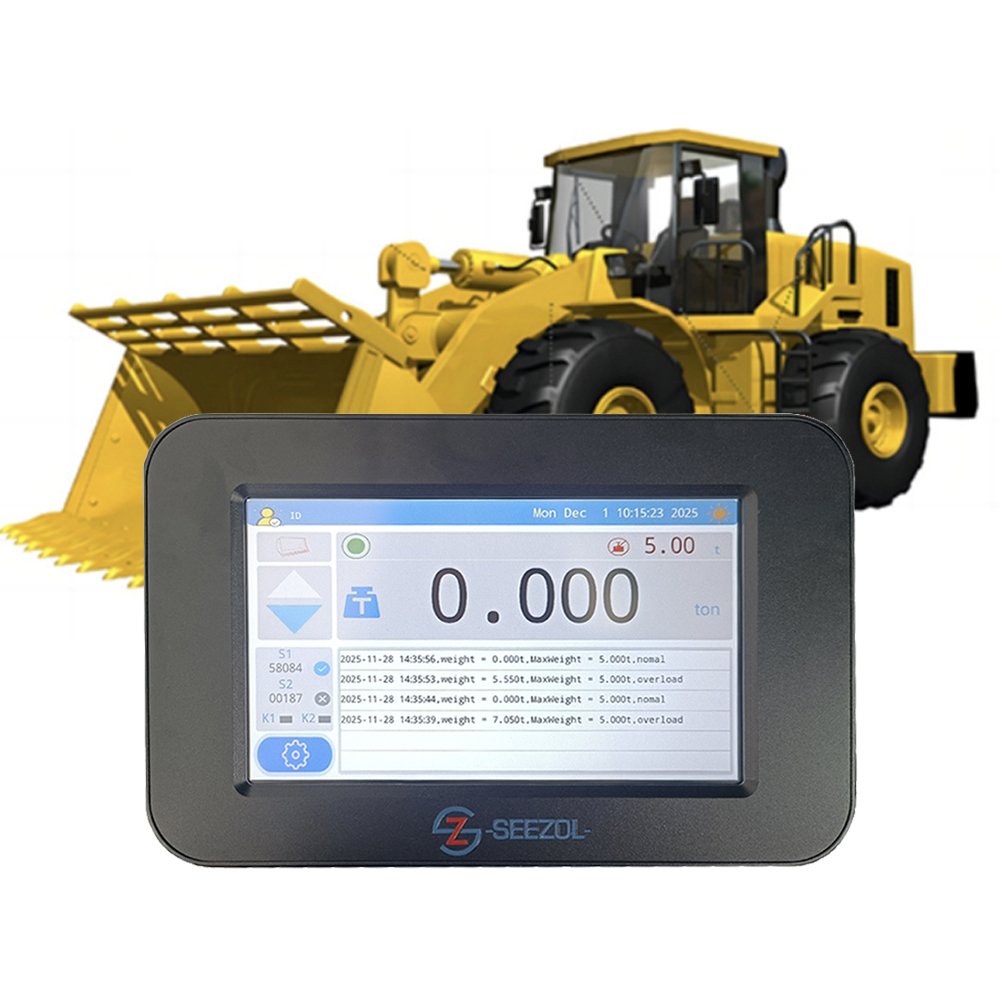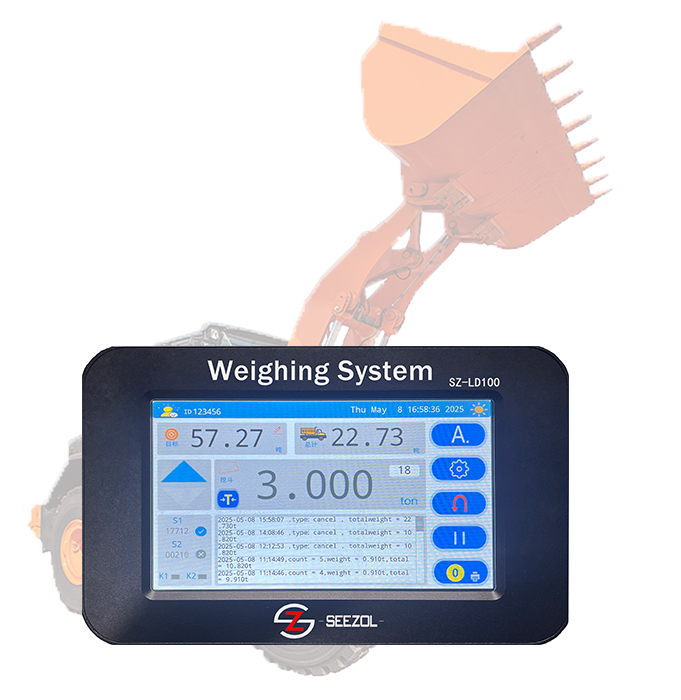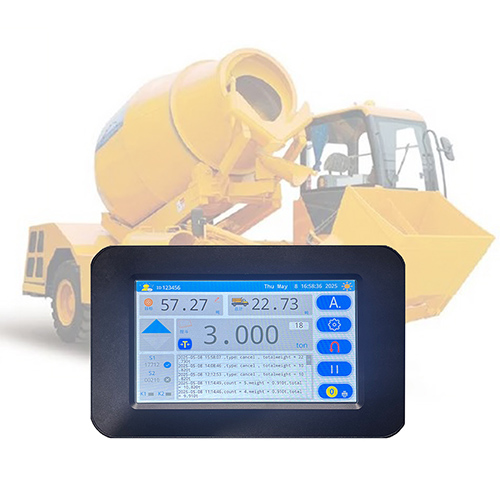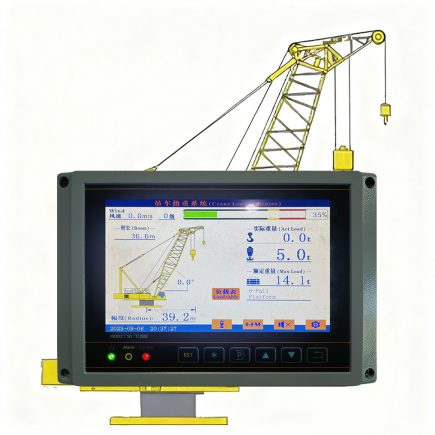工程机械用 负载力矩指示器,重量传感器的选择必须考虑设备类型、负载场景(静态/动态)、精度要求、环境适应性等因素。以下是对常见传感器类型及其适用场景的分析:
一、按原理和适用场景分类
1. 应变式称重传感器

原理: 应变计感应弹性体在负载下的变形,并将重量信号转换为电信号。
优点: 精度高(0.1%-0.5%FS),满足力矩限制器的核心测量要求;
量程宽(10kg-1000t),适应不同吨位的工程机械;
成本低廉,稳定性强,抗震性好。
缺点: 不适合高频动态称重,需要适当的密封(IP67/IP68)。
2.压电传感器

原理: 利用压电晶体在负载下产生电荷,适用于动态力测量。
优点: 响应速度快(微秒级),适合高频动态称重(如起重过程中的瞬时冲击);
体积小巧,适合集成在狭小空间内(例如伸缩臂的接头处)。
缺点: 零点漂移,不适合长期静态称重;需用电荷放大器,成本较高。
3.电容式传感器

原理: 通过改变电极之间的间距来改变电容值,从而间接测量重量。
优点: 抗干扰能力强(不受温度、磁场影响);
耐恶劣环境(高温和腐蚀环境)。
缺点: 精度稍低(0.5%-1% FS)且测量范围较小(通常<50吨),限制了其在大型设备中的应用。
4. 液压传感器

原理: 通过测量液压系统压力的变化(利用帕斯卡定律)推断重量。
优点: 结构坚固,抗冲击、抗过载能力强;
可直接集成到液压管路中,适用于液压驱动的工程机械。
缺点: 精度受液压油温度和粘度的影响(误差约为1%-2%FS),需要定期校准。
二、关键选择标准
容量匹配: 传感器的量程必须是实际最大负载的1.2-1.5倍(留出安全裕度)。例如,50吨起重机的称重传感器的量程可能为60-80吨。
准确度等级:负载力矩指示器为安全装置,建议传感器精度≥0.5%FS(静态)或≥1%FS(动态),以避免因测量误差造成过载风险。
三、典型设备选型实例
| 工程机械类型 | 力特性 | 推荐的传感器类型 | 核心要求 |
| 汽车起重机 | 动态提升高振动 | 应变计型(IP67) | 0.3% FS 精度100g 抗冲击 |
| 塔式起重机 | 主要为静态高海拔环境 | 应变片式(耐腐蚀) | 5-50吨范围卓越的低温稳定性 |
| 液压挖掘机 | 瞬态冲击载荷液压驱动 | 液压/压电式 | 200%抗过载能力 响应速度<1ms |
| 采矿装载机 | 灰尘过多、频繁重载 | 电容式/液压式 | IP68防护等级10-30t范围 |
思卓科技 综合考虑工程机械自身、施工环境、精度要求、预算等多方面因素,我们多款力矩指示器可搭配不同的重量传感器,满足客户多样化的需求,确保力矩指示器内部重量监测的精准性和稳定性,为工程机械的安全运行提供关键数据支撑。








